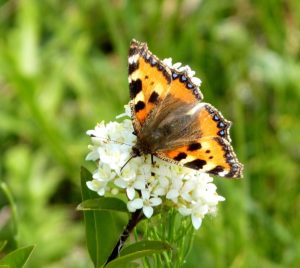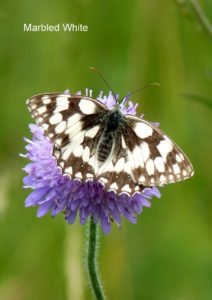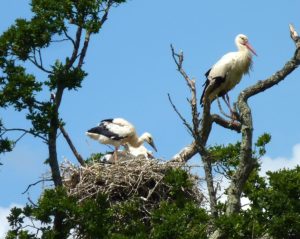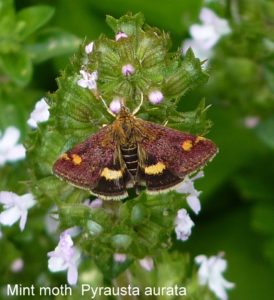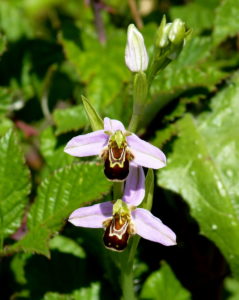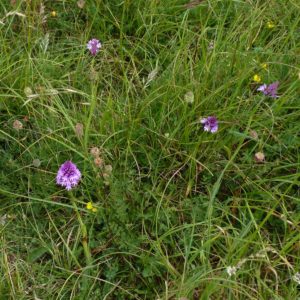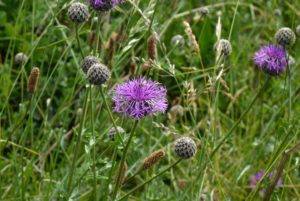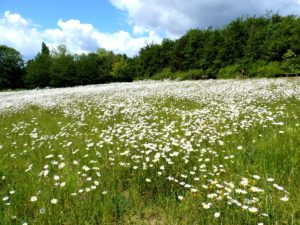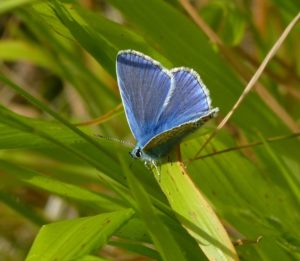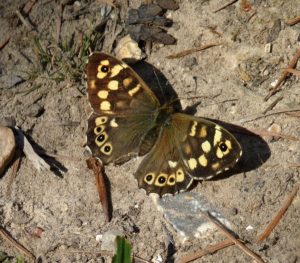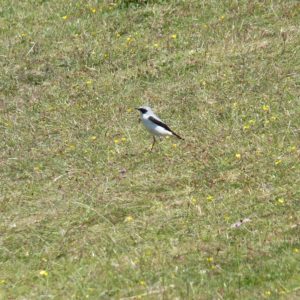A few Small Tortoiseshell butterflies have been seen on the Rife. Once exceedingly common, they are now only seen in very small numbers. Their eggs are laid on nettles and there are plenty of these on the Rife so it is unclear why they are in steep decline. If you see any in your garden please report them to me to my email address: pat@pathallpics.co.uk. If you walk up onto Highdown, the Marbled Whites have just emerged. Look out also for the Large and Small Skippers.
If you have an opportunity to travel up to the Knepp Estate on the A24 (only 20 minutes by car from Ferring) you will just catch the young storks before they leave their nest. This is the first time ever for 400 years that storks have bred in this country and right on our doorstep. A unique and wonderful experience which you may have seen on Springwatch.
If you are confined to your garden, look out for all the small ‘bugs’ that are visiting our plants. If you have a herb bed, you may see the delightful little Mint Moth. You could make a list of all the insects that you see in your garden: Ladybirds, Greenflies, Dragonflies, Damselflies, Bees, Wasps, Flies, Hover flies and Beetles.

